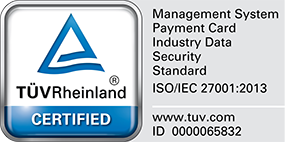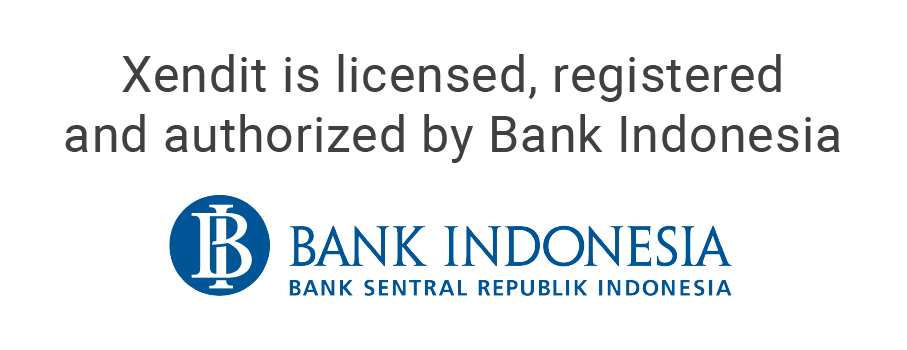
Hwee is a 26-year old product manager (PM) at Xendit, a Jakarta-based payments gateway startup. A native Singaporean, she started her career in law. While she advised businesses on matters ranging from incorporations to acquisitions, she had always been curious about the intricacies of startup operations. Her good friend from university had just joined a fast-growing Indonesian startup and told her about it. She said that they were still hiring.
“I was attracted to the fast pace of the tech industry,” Hwee said. “When I met the Xendit team, I was so impressed by their curiosity and drive. They were fearless in taking on challenges–the team was working around a wide range of issues associated with the local infrastructure in order to ensure that their customers’ payments could be executed quickly and reliably, and having fun while doing it. I knew I had to be part of it.”
She became a Product Manager. The only problem was, she didn’t have experience being one. And she didn’t know anyone apart from her friend who had done it either.
Xendit’s hiring strategy for product managers focuses on people like Hwee. “We take young people or people who have not been PMs before and mold them into Product Managers. More than half of our PMs are in the role for the first time,” said Moses Lo, founder and CEO of Xendit.
Hwee and her colleagues are facing learning curves of being product managers for the first time in a fast-growing company. They are grappling with questions like: What does it mean to be a product manager at a business-to-business (B2B) startup? What are best practices for being a PM in a B2B company? What is the best way for the product team and the sales team to interact? How do you make decisions and prioritize when you have limited resources?
To answer these questions, Xendit invited two product leaders from other Y Combinator-backed companies to share their experiences with the team. Here are the main takeaways:
Great Product Managers have product sense, interpersonal skills, the ability to execute and solve problems, and talk to customers regularly
“When hiring Product Managers, we look for a few things,” shared Khadijah Abu, Head of Product for Paystack, a startup that helps businesses in Africa accept payments from customers all over the world. “One, we look out for people who have a strong intuition for what would work product-wise. Secondly, we look out for their ability to execute and solve problems. We’re also really big on coordination at Paystack, so we also look out for people with good interpersonal skills. One last thing we look out for is their ability to empathize with the customer, and advocate for them!”
Briana Whelan, Director of Product for Snapdocs, a 100-person startup improving the American home buying and payment process, shared similar advice: “Unlike B2C (business-to-consumer) companies, we are usually not the end user for our products. For example, Snapdocs’ end users are businesses connected to the real-estate buying process. So I encourage PMs at Snapdocs to talk to customers all the time. You need to shadow customers to really get to know them and their workflow.”
“Feedback is so important that we require product managers to talk to at least two different users from two different companies for each feature they build. We also meet every month with our top 10 customers to discuss features and ask for feedback,” Whelan shared.
Sales and product teams in B2B companies have distinct responsibilities but must be in sync
Hwee mentioned that at Xendit, the Sales and Product teams work closely together but they needed ideas from other companies on how to best handle the division of labor.
Whelan shared that B2B companies commonly put the Sales team in charge of revenue, growth, and Profit & Loss (P&L). The Product team controls the strategy and the roadmap on what products and features to build. The Product team also owns the end user experience.
Khadijah shared a more nuanced approach at Paystack, “Our Sales team typically owns customer acquisition while the Product team owns metrics such as transaction success rates, adoption rate, and even in-depth metrics such as time to complete a transfer successfully”
Both stressed the importance of having regular conversations between the two teams.
“There needs to be a mechanism for the Sales team to input recommendations based on customer feedback. So they create a list of requested features and products in a document. Each month, the two teams sit together, discuss that list, and set priorities,” said Whelan.
How about the Sales team overpromising a feature or a product to a customer? “That doesn’t happen much at all. There’s a clear understanding that if the Sales team oversells on features not in the immediate product pipeline, it’s their responsibility to manage the customer’s expectations,” said Khadijah.
Whelan shared that if a customer asks the Product team to build something that does not exist, this usually leads to an internal discussion around expectations, because the Product team would need to dedicate resources to build the product. If the company decides to build this, commitment from both parties is important. The Sales team may want to incorporate the build into an agreement with the customer, to align on expectations and hold each other accountable.
Each company needs a structured way to review new opportunities and prioritize them
Startups can be nimble and pursue opportunities fast, but they can also be stretched too thin because of limited resources. Product managers in startups are often setting strategy not just for the products they manage but for the whole company. How does one decide between growing an existing business and pursuing a new opportunity?
“At the beginning of every quarter, the company’s leadership have conversations as a team. We also speak with our customers, who represent some of the most forward-thinking organizations on the continent. During these conversations, we reset our priorities and assess new opportunities for growth. There’s always a tussle between pursuing new and existing opportunities, but we always go in the direction that best satisfies our customers,” shared Khadijah.
In addition to the leadership-driven approach to pursuing new opportunities, Abu also shared a bottom-up practice at her company, “Every quarter, each team focuses on one theme. For example, one product team is focusing on expanding to a new country. Another is focused on an entirely new opportunity. A third one is thinking about a new business opportunity. We share these ideas with the company once a quarter.
One Xendit colleague had a chicken and egg problem: When developing a new feature, should they build before the customers come or should there be a clear demand for the feature before deciding to build it?
“One way to do it is to build the feature manually. Have a button and an actual person power it at the backend. Set a time to test this feature and see if customers find it valuable before building it full-scale. The more you can validate before dedicating resources to it, the less risky the build will be” Whelan shared.













